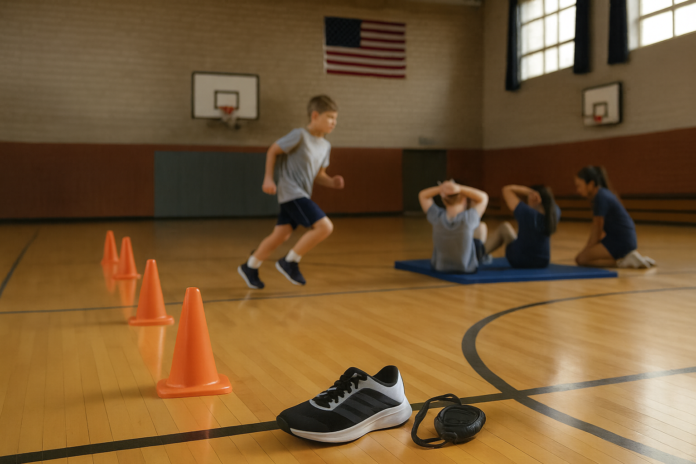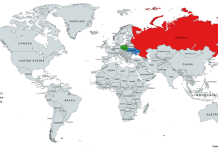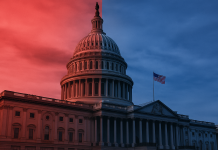
President Donald Trump has reintroduced the Presidential Fitness Test for public school students, reviving a program that was discontinued in 2012. The initiative aims to promote physical health and activity among children across the nation.
The Fitness Test was first launched under President Dwight D. Eisenhower in the 1950s and expanded in the 1960s and 1970s. It measured a child’s endurance, flexibility, and muscular strength through events such as a timed mile run, sit-ups, push-ups or pull-ups, and the sit-and-reach stretch. Students who performed well received the Presidential Physical Fitness Award, while others earned participation recognition. The program was retired during the Obama administration in favor of a more personalized assessment model under the Presidential Youth Fitness Program.
At a White House signing ceremony, Trump described the move as a way to “instill a culture of strength and excellence” in American youth. Health and Human Services Secretary Robert F. Kennedy Jr. will oversee the rollout of the revived program, which incorporates education about exercise and nutrition. The President’s Council on Sports, Fitness, and Nutrition—chaired by professional golfer Bryson DeChambeau—will establish guidelines and support schools in implementing the test and award system.
Several professional athletes, including Kansas City Chiefs kicker Harrison Butker, golf champion Annika Sorenstam, former NFL linebacker Lawrence Taylor, and WWE executive Paul “Triple H,” attended the announcement. They will advise on improving school physical education programs and shaping sports-related policies.
Supporters of the initiative say it provides a clear national standard that can inspire children to be more active. Critics warn that judging students solely on physical performance may discourage those who struggle with the exercises. Laura Richardson, a professor of kinesiology, said any national test must be paired with structured support such as individualized training or counseling to create meaningful results.
The revived program contrasts with the Youth Fitness Program adopted in 2012, which focused on personalized benchmarks rather than direct competition. The new format emphasizes measurable performance and reintroduces public recognition for high achievers. Supporters praise this return to traditional standards, while experts continue to stress the importance of balancing competition with inclusion and encouragement.
Trump framed the initiative as part of a larger effort to highlight sports and athleticism in American culture. He also linked the program to upcoming international events hosted in the United States, including the 2025 Ryder Cup, the 2026 FIFA World Cup, and the 2028 Summer Olympics. He reflected on his own high school athletic experiences and his passion for golf, saying that physical fitness plays a key role in building character.
As the program begins, schools will start developing plans for testing and recognizing effort or achievement. Educators note that the real impact will depend on whether results are integrated into ongoing wellness and physical education programs rather than being treated as a one-time assessment.
This image is the property of The New Dispatch LLC and is not licenseable for external use without explicit written permission.







